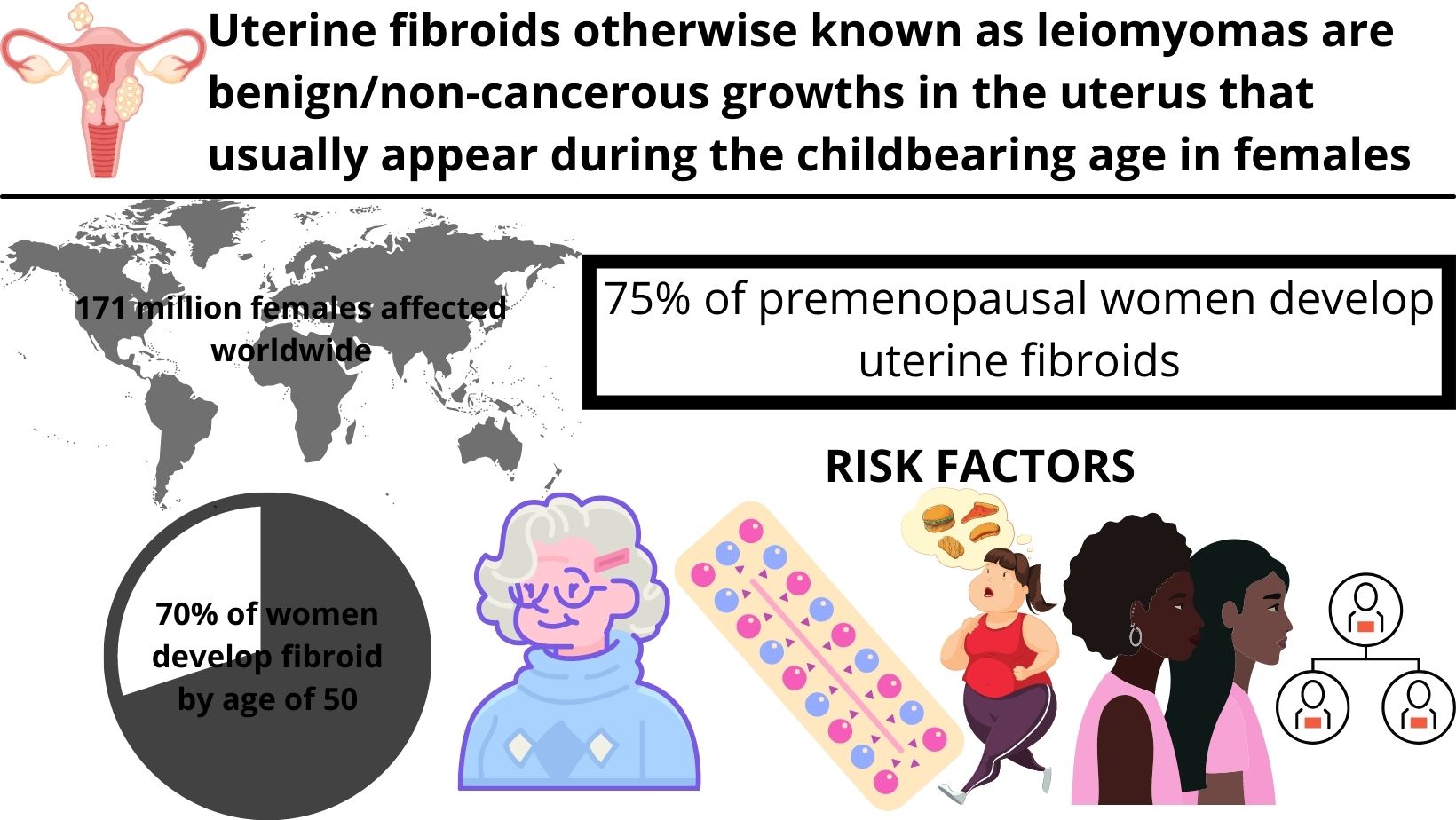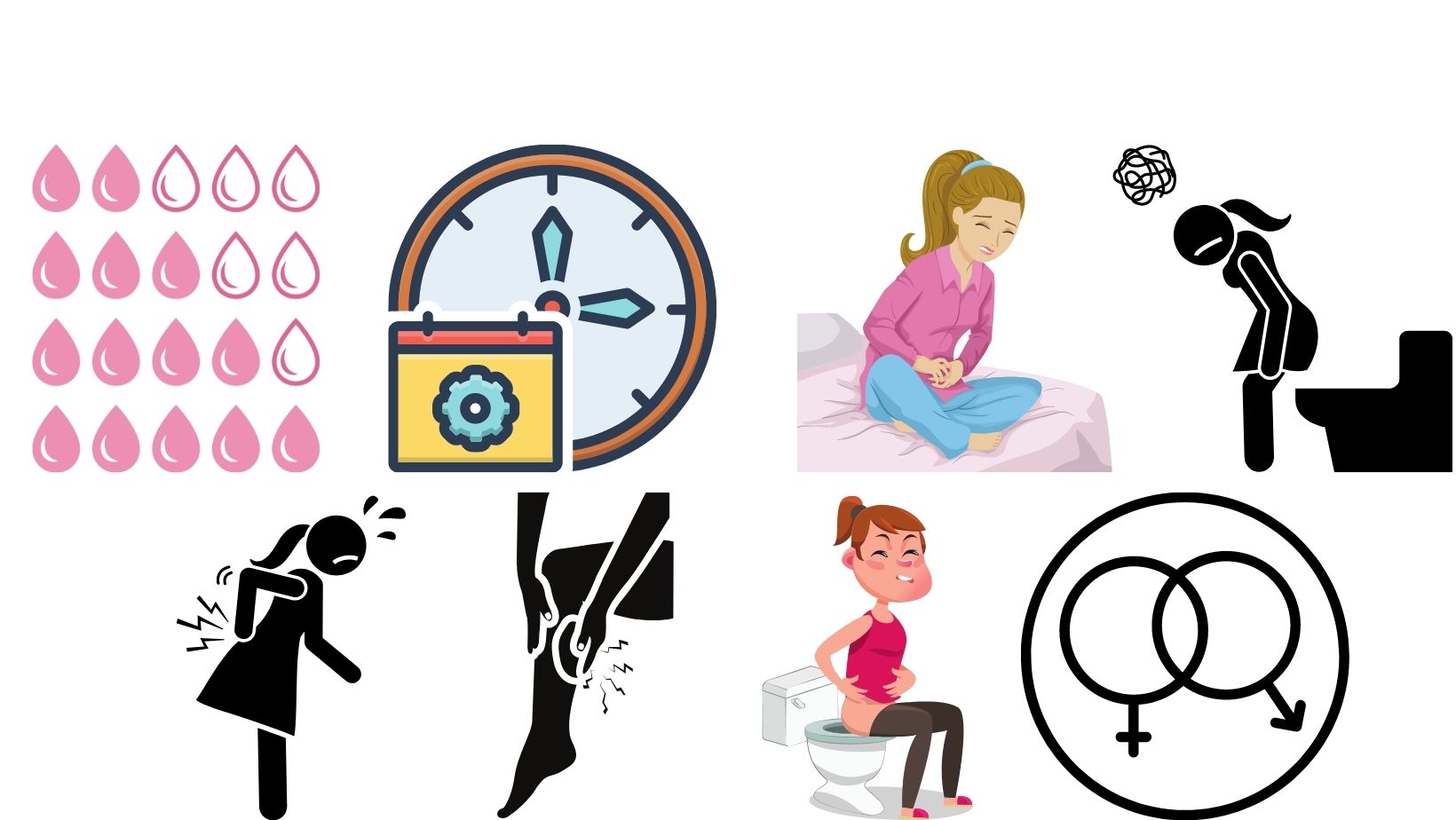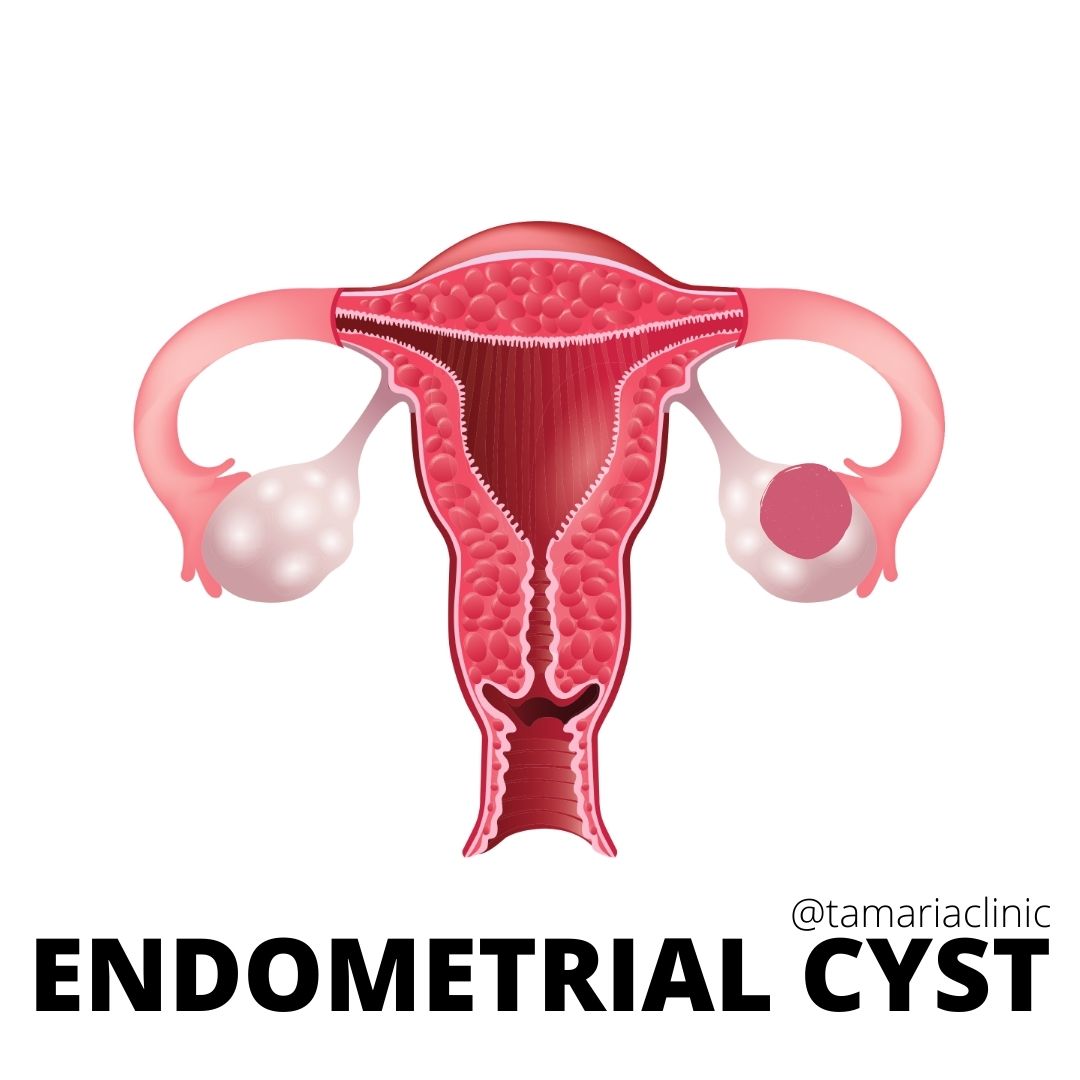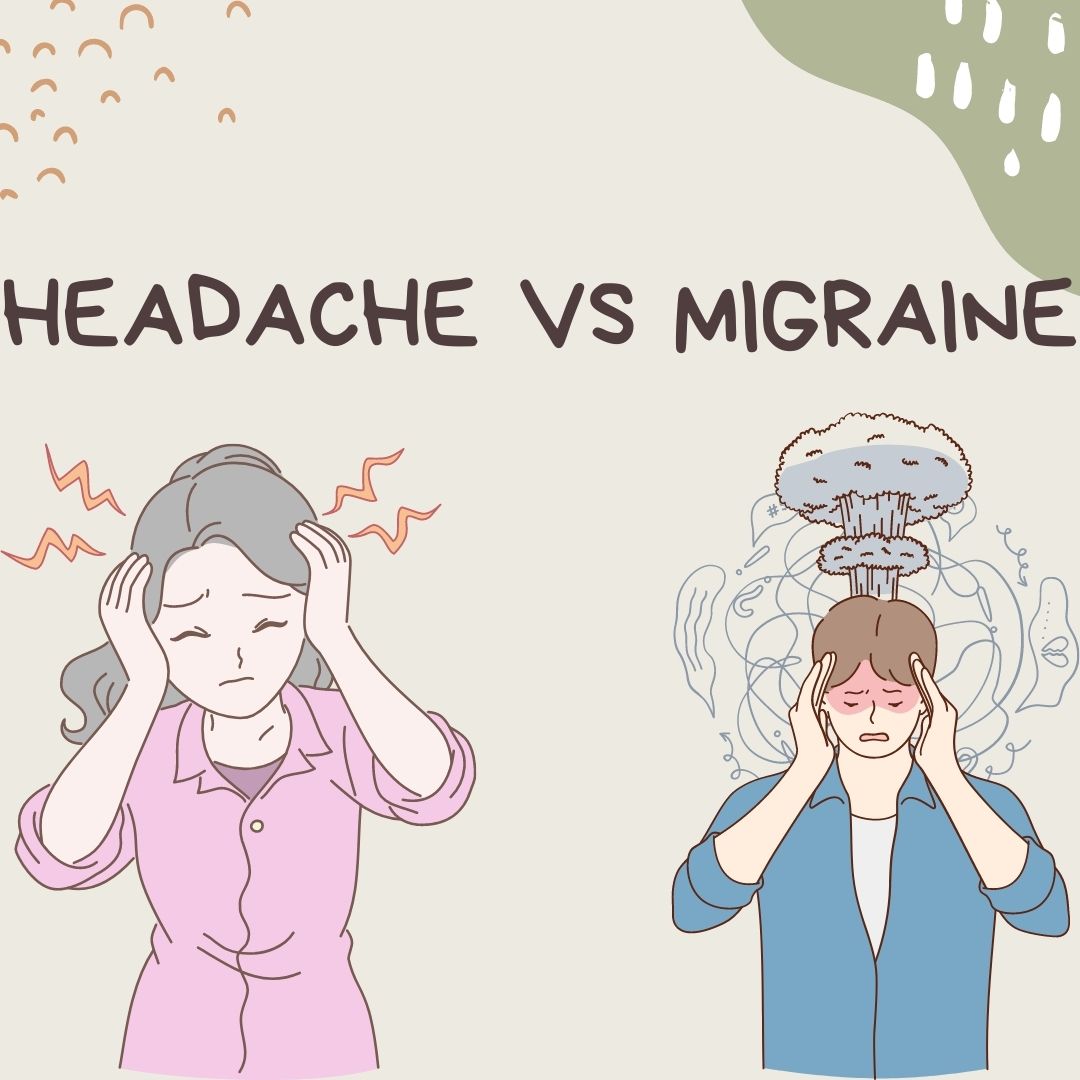THE DEFINITIVE GUIDE FOR THE TREATMENT OF UTERINE FIBROID
WHAT ARE UTERINE FIBROIDS?
Uterine fibroids otherwise known as leiomyomas are benign/non-cancerous growths in the uterus that usually appear during the childbearing age in females. The fibroids are composed of the same lining as the uterus but are a bit denser than the uterine lining.
The fibroids are never associated with the predisposition of cancer and never turn malignant/ cancerous. There could be a single fibroid or more than one as well and the size may vary from a seedling to large enough to enlarge the size of the uterus and become palpable. Most women have no symptoms from the fibroid and spend almost normal life with them but in some cases, the trouble a lot.
In many cases, uterine fibroids are accidentally diagnosed during a pelvic examination or ultrasound.
WHAT ARE THE RISK FACTORS FOR THE DEVELOPMENT OF UTERINE FIBROIDS?
Age: the risk of developing fibroids increases with age up to the menopausal age as fibroids are oestrogen dependent. After menopause, there is a natural production of oestrogen that decreases and the fibroids shrink afterwards.
Oral contraceptive pills: much use of OCPs increase the risk of the development of fibroids.
Obesity: obese women are more prone to the development of fibroids.
Race: black women are three times more vulnerable to the development of fibroids.
Family history: Those who have a family history of fibroids are more likely to develop fibroids.
WHAT ARE THE TYPES OF UTERINE FIBROIDS?
Depending on the location; fibroids can be of the following types:
Subserosal fibroids: are located beneath the outermost layer (serosa) of the uterus.
Submucosal fibroids: are located in the uterine cavity beneath the innermost layer of the uterus (mucosa).
Intramural fibroids: are located within the wall of the uterine lining.
Pedunculated fibroids: can grow inside or outside of the uterus but are attached through a stalk to the uterus.
WHAT ARE THE SYMPTOMS OF UTERINE FIBROIDS?
- Heavy bleeding during menses
- Bleeding for more than a week during menses
- Pressure in the pelvic region along with pain.
- Frequent urge to pass urine due to pressure on the bladder by the fibroid
- Backache
- Pain in legs
- Difficulty in clearing the bowels causing constipation.
- Sometimes pain during sexual intercourse is also seen.
WHAT ARE THE CAUSES OF UTERINE FIBROIDS?
- The exact cause for the development of fibroids is not known but a family history of fibroids predispose to the development of fibroids.
- Often gene changes are also seen in the fibroid cells.
- Fibroids are oestrogen dependent.
DIAGNOSIS OF UTERINE FIBROIDS
Pelvic examination and ultrasound are enough to diagnose fibroid
TREATMENT OF UTERINE FIBROIDS
Usually when symptoms are not severe conservative treatment is done as the fibroids automatically shrink after menopause due to natural deprivation of oestrogen. Otherwise following treatments are given:
- Progestin-releasing intrauterine device is inserted which relieves the heavy bleeding but doesn’t shrink the fibroid.
- Gonadotropin-releasing hormone agonists suppress the production of oestrogen and progesterone and thus put the female into a temporary postmenopausal state. Thus fibroid starts to shrink.
- Medicines for heavy bleeding are given.
- More so uterine artery embolization is done which cuts down the blood supply to the fibroid. Thus the fibroid shrinks and die.
- Dilatation & curettage: the scrapping of the bulky uterine lining is done to relieve heavy bleeding.
- Myomectomy: surgical removal of fibroid is done and the uterus is preserved.
- Hysterectomy: the uterus is removed if nothing works.
MANAGEMENT OF UTERINE FIBROIDS
Management of a case of fibroid includes:
- Educate the patient about the condition and the treatment procedure.
- To combat heavy blood loss give dietary advice to the patient.
- Treat anaemia in cases of heavy blood loss.
- Ask the patient to do regular physical exercise.
- Watchful waiting of the condition should be done as the fibroid is ultimately going to shrink automatically after menopause.
- If the patient is having pain, then pain management should be done.
- Ask the patient to keep checking over any new symptoms.
HOMEOPATHIC MANAGEMENT OF UTERINE FIBROIDS
Homoeopathic management includes the selection of medicine after thorough case analysis which could help the patient to feel better in everything. There are many medicines like sepia, pulsatilla, sulphur, graphites, tuberculinum, arsenic alb, psorinum, natrum mur etc which can help the patient with every symptom of fibroid. Thus the patient can live towards normal life with fibroid till menopause.
DO’S AND DON’TS
DO’S
- Keep check over the symptoms.
- Maintain hygiene.
- Do regular physical exercise.
- Take a healthy nutritional diet.
- Use hot water bottle to relieve pain.
DON’TS
- Don’t smoke.
- Don’t be stressed.





Comments
We have received your comment , Thank You !